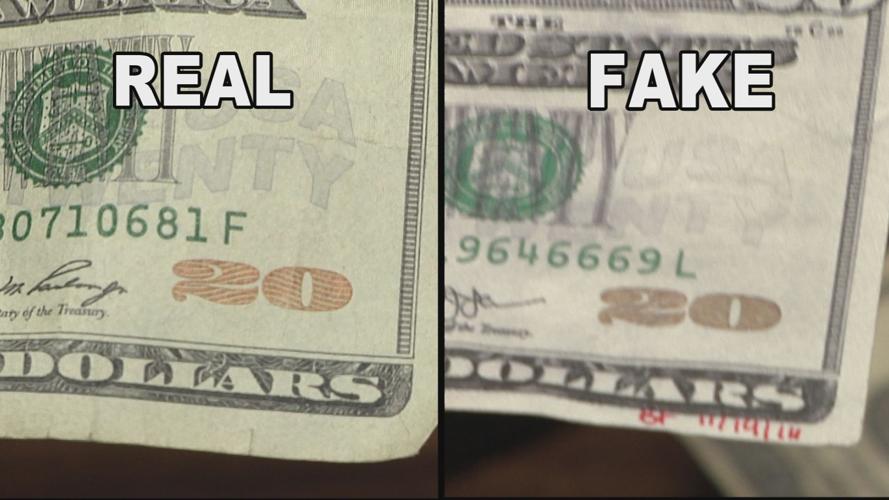Navigate the marketplace: Acquire copyright Money offer for sale with Confidence
Navigate the marketplace: Acquire copyright Money offer for sale with Confidence
Blog Article
Check Out the Uses of Imitation Money in Artistic Creations and Theatrical Performances
Phony money, commonly synonymous with deceptiveness and illegality, holds a peculiar attraction when it finds its way right into the realm of creative creations and theatrical performances. Its background is packed with intricate narratives that have motivated musicians to incorporate these reproductions into their jobs. From the aesthetic arts to the dramatic phase, copyright currency has actually been made use of in intriguing manner ins which test understandings and prompt thought. As we explore the multifaceted uses of phony money in these innovative domain names, we start to reveal a globe where authenticity and imitation blur, motivating us to examine the very nature of value and depiction within art and performance.

Historical Importance of Imitation Cash in Art
The historical value of funny money in art is a complex and appealing topic that clarifies the junction of creativity, subversion, and socio-political commentary. Throughout history, artists have made use of copyright money as a device for challenging societal standards, questioning the worth of currency, and making powerful declarations concerning riches and power.
One of one of the most remarkable examples of imitation money in art dates back to the Dada motion of the early 20th century - copyright money for sale. Musicians such as Marcel Duchamp and Hannah Höch included phony currency right into their jobs to criticize the capitalist system and discover the principle of worth in a rapidly transforming globe
Additionally, during times of financial instability or political turmoil, funny money has actually been utilized by artists as a form of objection or rebellion. By creating and distributing copyright, artists have actually had the ability to interrupt the status, difficulty authority, and prompt vital conversations regarding the function of money in society.
Impact of Imitation Currency on Visual Arts
By integrating phony money into their jobs, artists prompt discussions on the nature of value, authenticity, and societal assumptions of wide range. The use of fake cash in art also raises ethical factors to consider concerning the borders of creative expression and the ramifications of replicating legal tender. On the whole, the impact of copyright money on visual arts is diverse, promoting important reflections on the crossway of money, art, and social worths.
Meaning and Meaning in Theatrical copyright Displays
Utilizing theatrical imitation display screens, artists employ symbolic representations to communicate much deeper definitions and evoke provocative interpretations within the realm of performance art. Through the incorporation of copyright in staged productions, developers can explore styles such as greed, power, corruption, and the impression of wealth. Making use of phony money on phase can act as an special info allegory for social problems, financial variations, and the fragility of economic systems.
In staged performances, the symbolic value of funny money expands beyond its financial worth. It can represent the deceptive nature of looks, the quest of materialistic needs, and the consequences of underhanded habits. By making use of copyright money as a prop, artists can challenge audiences to question truth meaning of wide range and the honest boundaries that individuals might cross in its search.
Moral Factors To Consider being used Phony Cash for Art

One significant honest consideration is the possible lawful consequences of making use of funny money in art. Counterfeiting money is illegal in the majority of nations and can lead to serious consequences for artists that knowingly integrate fake expenses right into their work. copyright money for sale. This not just places the musician this in jeopardy yet likewise elevates questions about advertising illegal tasks via art
Furthermore, there is an honest predicament concerning the credibility of the art work itself. Making use of funny money obscures the line between truth and imitation, possibly deceiving visitors and jeopardizing the stability of the imaginative piece. Artists must think about whether using copyright cash straightens with their worths and artistic intentions, evaluating the potential influence on their credibility and integrity.
Future Trends in Funny Money Integration
Considering the evolving landscape of artistic expression, the unification of funny money in imaginative jobs may witness a shift towards intriguing and innovative opportunities. As musicians proceed to push limits and explore new mediums, copyright cash could significantly be used to challenge social standards, examine the worth of currency, or make powerful statements about wide range and consumerism.
One future trend in funny money assimilation can be its use in immersive art setups where audiences are urged to connect with the pieces, obscuring the lines in between reality and impression. Furthermore, improvements in technology might result in the development of hyper-realistic funny money that is essentially tantamount from authentic currency, opening possibilities for even more complex and detailed art work.
Additionally, collaborations in between musicians and counterfeiters might cause one-of-a-kind items that integrate typical imaginative strategies with the craftsmanship of producing funny money. Ethical considerations surrounding the legality and principles of making use of phony cash in art will continue to be a factor of opinion as these future trends unravel.
Conclusion
Finally, the uses of funny money in theatrical performances and artistic productions have a lengthy background and remain to give inspiration for artists. From its historical value to its effect on aesthetic arts and significance in staged displays, funny money plays an one-of-a-kind role in the art world. Ethical factors to consider must be taken right into account when using phony cash for imaginative objectives. The assimilation of funny money in art is most likely to continue progressing in the future.
Overall, the effect of copyright currency on visual arts is multifaceted, promoting vital reflections on the intersection of click to investigate cash, art, and societal worths.

In conclusion, the usages of imitation money in creative productions and staged performances have a lengthy background and proceed to be a source of inspiration for artists. Ethical considerations must be taken into account when making use of phony money for imaginative purposes. The assimilation of copyright money in art is likely to proceed progressing in the future.
Report this page